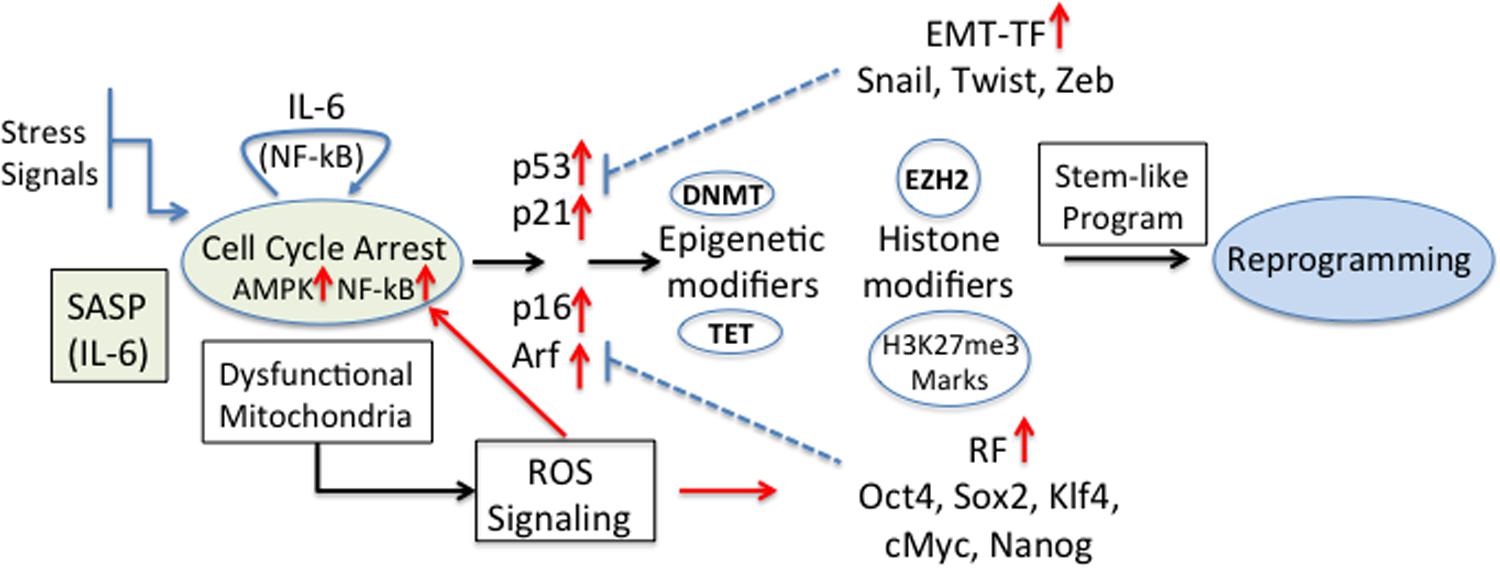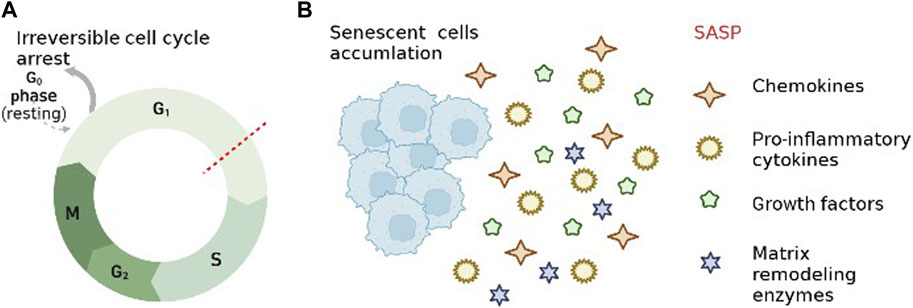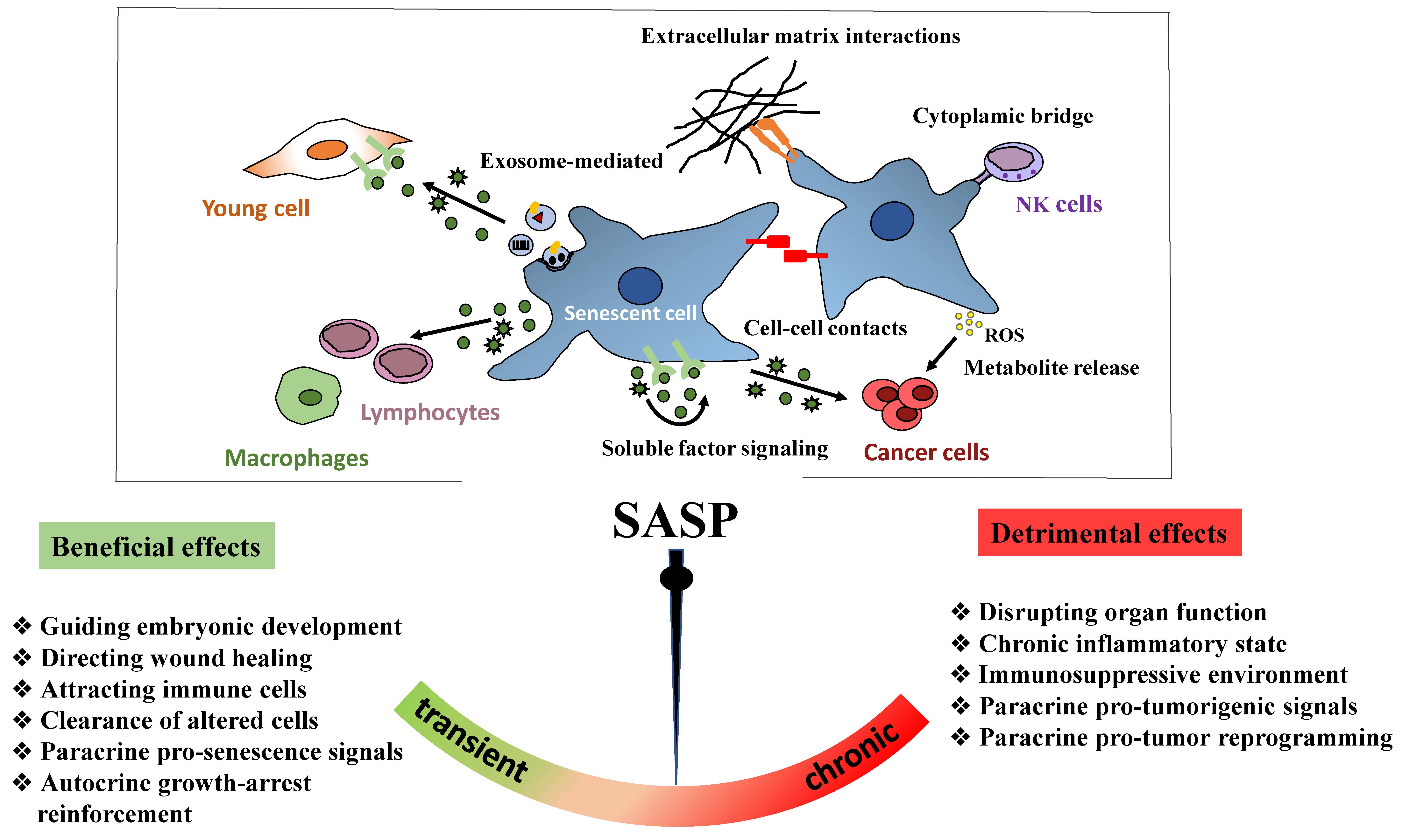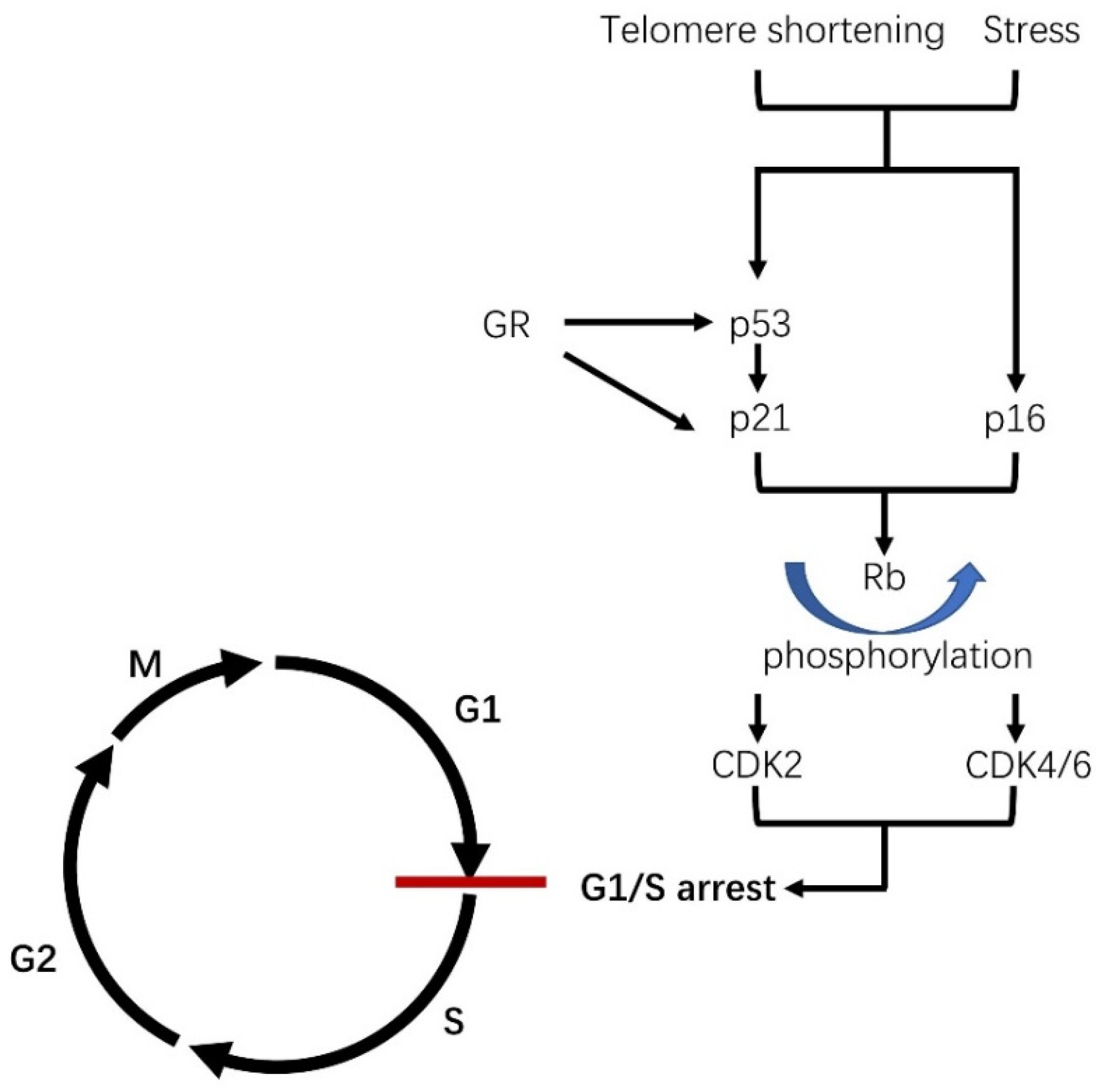SenescenceAssociated Proinflammatory Cytokines and Tumor Biology Diagrams Cellular senescence is a tumour suppressor programme characterized by a stable cell cycle arrest. Here we report that cellular senescence triggered by a variety of stimuli leads to diminished

These changes have been linked to both the cell-autonomous and paracrine aspects (that is, the effect on surrounding cells) of senescence-associated proliferation arrest. Senescence-associated

Cellular senescence: Current Biology Biology Diagrams
Cellular senescence is a stable cell cycle arrest that can be triggered in normal cells in response to various intrinsic and extrinsic stimuli, as well as developmental signals. Mechanisms of Cellular Senescence: Cell Cycle Arrest and Senescence Associated Secretory Phenotype Front Cell Dev Biol. 2021 Mar 29:9:645593. doi: 10.3389/fcell

Cellular senescence is a highly stable cell cycle arrest that is elicited in response to different stresses. By imposing a growth arrest, senescence limits the replication of old or damaged cells. A variety of stressors induce senescence-associated growth arrest. Cell cycle exit is regulated by induction of the p16 INK4a /Rb and p53/p21

Biomarkers of Cellular Senescence and Aging: Current State‐of‐the‐Art ... Biology Diagrams
Cellular senescence is a major driver of age-related diseases, and senotherapies are being tested in clinical trials. Despite its popularity, cellular senescence is weakly defined and is frequently referred to as irreversible cell-cycle arrest. In this article we hypothesize that cellular senescence is a phenotype that results from the coordination of two processes: cell expansion and cell (D-G) Transcriptional expression of cell cycle arrest markers (p16 INK4a, p21 WAF1) and SASP factors (IL-6, IL-1b) within the hippocampus of vehicle-treated cognitively stratified and senolytic-treated aged male mice. (H, I) Quantification and representative images of senescence-associated beta-galactosidase staining within the hippocampus.

The senescence-associated irreversible cell-cycle arrest is mainly characterised by the activation of two cyclin-dependent kinase inhibitors, p21 WAF1/Cip1 (p21) and p16 INK4a (p16), which halt cell-cycle progression in G0/G1 phase. Although extensively used as a senescence biomarker, activation of a state of irreversible growth arrest is
